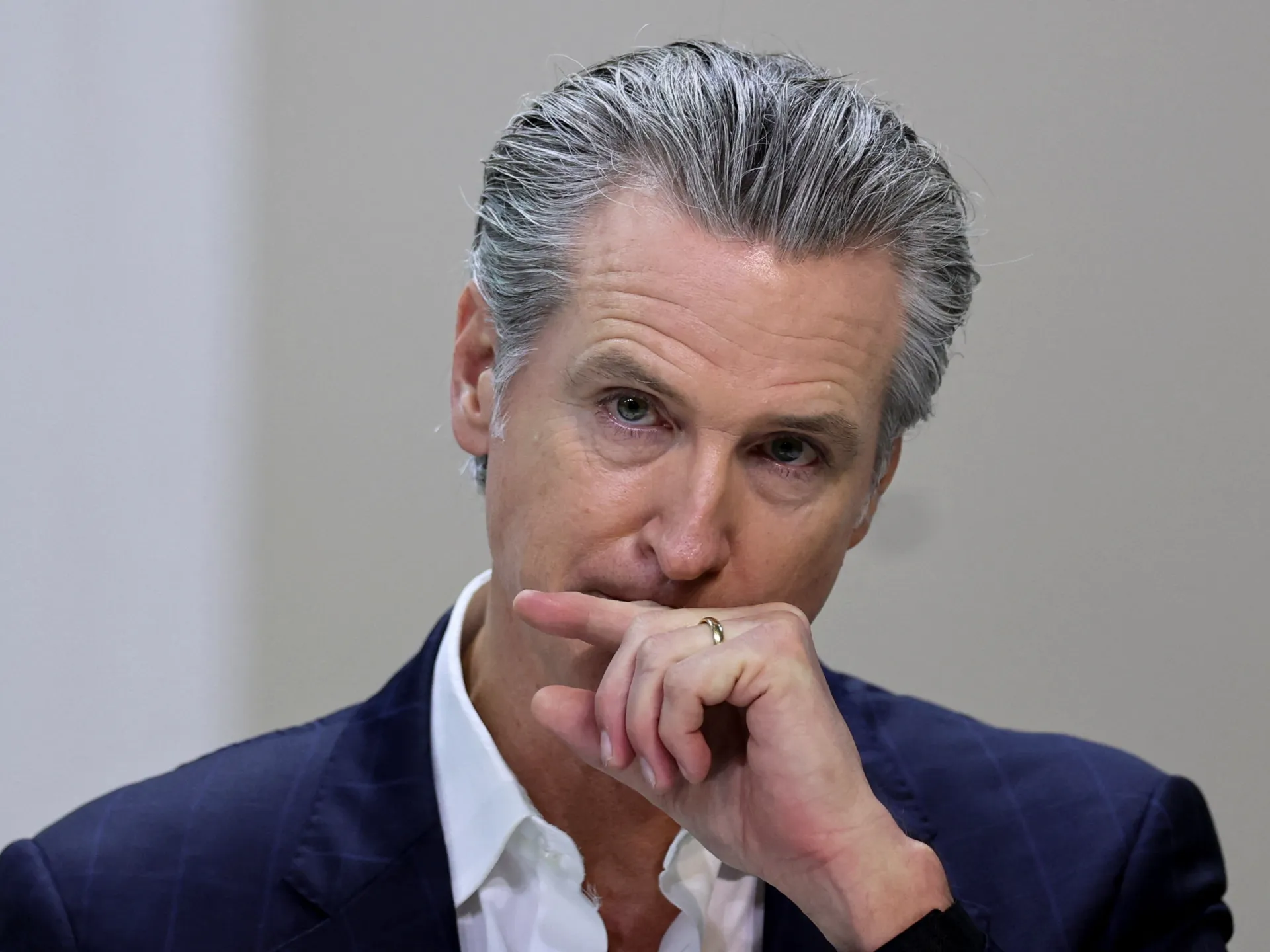Supreme Court justice halts ruling throwing out Texas’ new House maps

Nov. 21 (UPI) — A U.S. Supreme Court justice on Friday night at least temporarily paused a lower court’s decision to throw out Texas’ new congressional map to potentially add five House seats for Republicans.
Justie Samuel Alito, chosen to decide on emergency appeals in the state, granted the request, writing it “is hereby administratively stayed” with a response to the application to be filed by 5 p.m. Monday.
So, this puts the block on hold until the full court decides.
Earlier Friday, state lawyers formally asked for an emergency stay to allow the map borders that were approved this summer by the legislature.
On Tuesday, a three-member panel in the U.S. District Court of Western Texas threw out the mapsin a 2-1 vote.
President Donald Trump had urged Texas to change the maps to favor Republicans.
After the state filed its appeal, Republican Texas Attorney General Ken Paxton wrote in a news release: “Texas engaged in partisan redistricting solely to secure more Republican seats in Congress and thereby better represent our state and Texans. For years, Democrats have aggressively gerrymandered their states and only cry foul and hurl baseless ‘racism’ accusations because they are losing.”
He described the legislation signed by Gov. Greg Abbott in August as Texas’ “Big Beautiful Map.”
The state had asked the high court by Monday night to decide on pausing the lower court ruling.
The lower court’s decision caused “chaos” for the election, the state said.
“Campaigning had already begun, candidates had already gathered signatures and filed applications to appear on the ballot under the 2025 map, and early voting for the March 3, 2026, primary was only 91 days away,” Texas officials told the Supreme Court.
Those seeking to run for House seats must declare their candidacy by Dec. 8.
U.S. District Judge Jeffrey Brown, appointed by President Trump in his first term, and David Guaderrama, appointed by President Obama, threw out the maps.
Circuit Court Judge Jerry Smith, nominated by President Ronald Reagan, dissented, writing: “In my 37 years on the federal bench, this is the most outrageous conduct by a judge that I have ever encountered in a case in which I have been involved.
“If, however, there were a Nobel prize for fiction, Judge Brown’s opinion would be a prime candidate.”
In the 107 pages, he mentioned billionaire George Soros, a donor for Democrats, 17 times.
Brown, writing the majority opinion, directed the state to correct four districts because they were illegal racial gerrymanders.
Brown focused on how the new map would affect the racial makeup of Texas’ congressional districts.
“The public perception of this case is that it’s about politics,” Brown wrote. “To be sure, politics played a role in drawing the 2025 map. But it was much more than just politics. Substantial evidence shows that Texas racially gerrymandered the 2025 map.”
But Texas disagreed, saying: politics, not race, drove the new maps.
“This summer, the Texas Legislature did what legislatures do: politics,” the state told the high court.
Texas said the lower court ruling “erroneously rests on speculation and inferences of bad faith.” And it said the state GOP’s chief mapmaker worked with data on partisanship rather than race.
After the decision, Paxton wrote in a post on X that he would appeal the order to the U.S. Supreme Court. He added that he expects the Supreme Court to “uphold Texas’ sovereign right to engage in partisan redistricting.”
Republicans now hold 25 of Texas’ 38 House seats.
Missouri and North Carolina approved a new map that could create another Republican-leaning district in each state.
Unlike those Republican-dominant states, California voters approved the new map that potentially can add five Democratic seats. Proposition 50 was approved by a 64.4-35.6%. The breakdown now is 43 Democrats and nine Republicans.
Other states are considering changes.
The U.S. House party breakdown is 219 Republicans, 213 Democrats and three vacancies. On Thursday, Democrat Mikie Sherill resigned her seat because she was elected New Jersey’s governor earlier this month.



